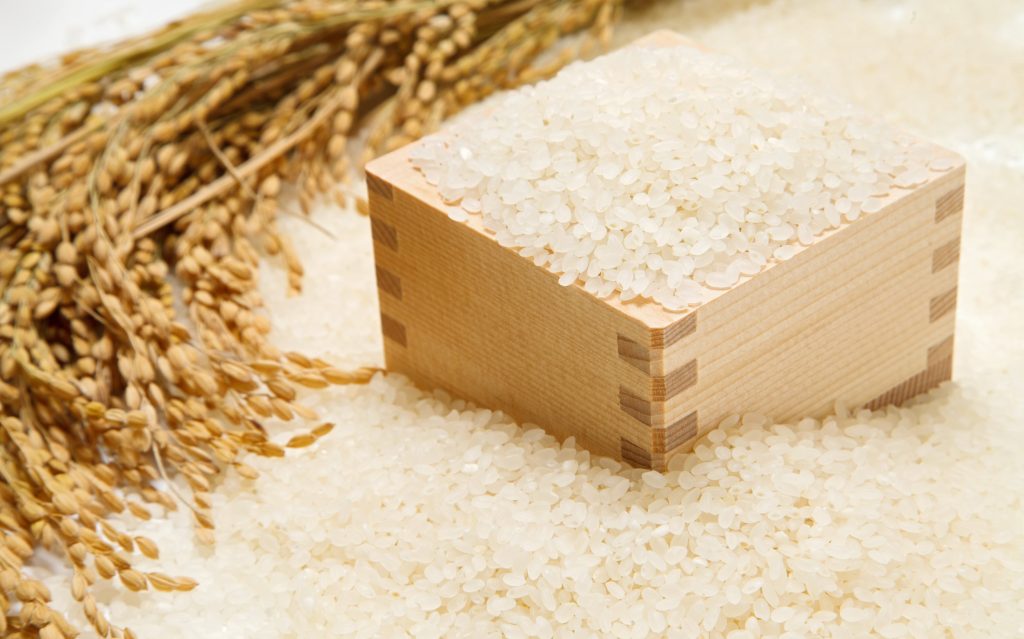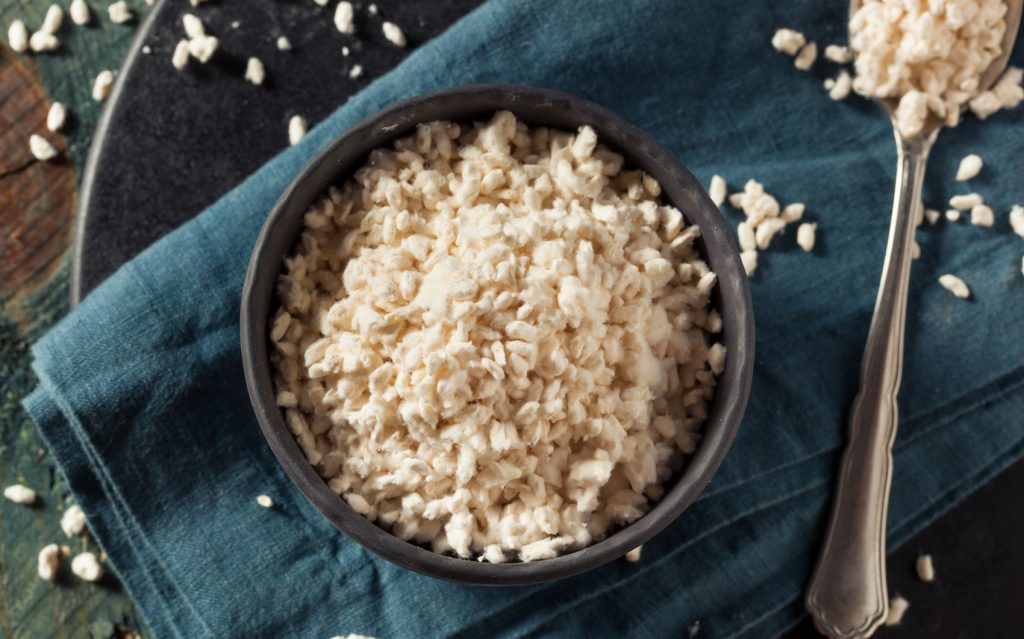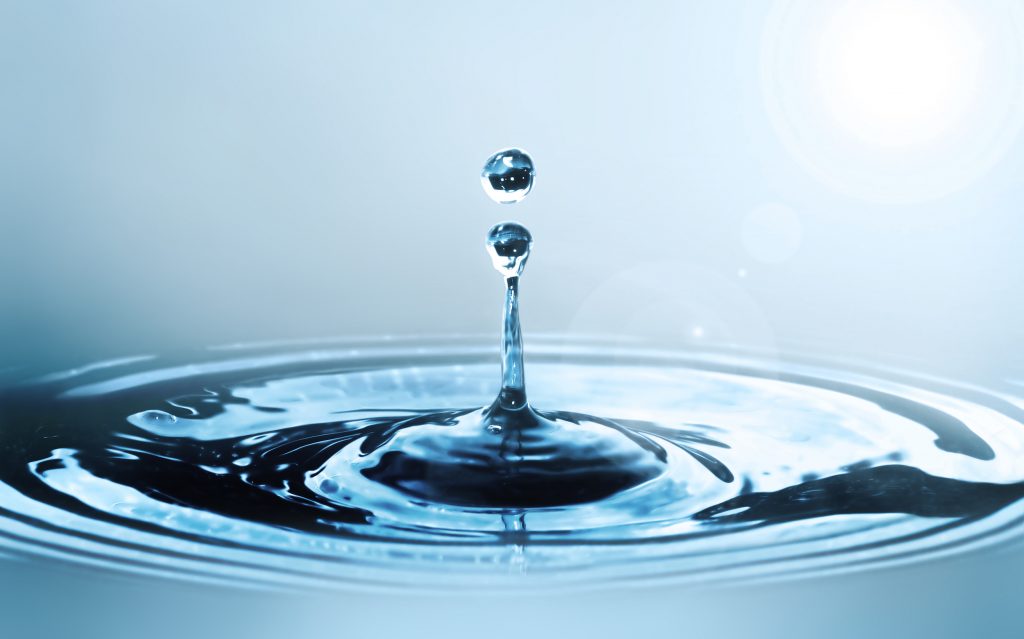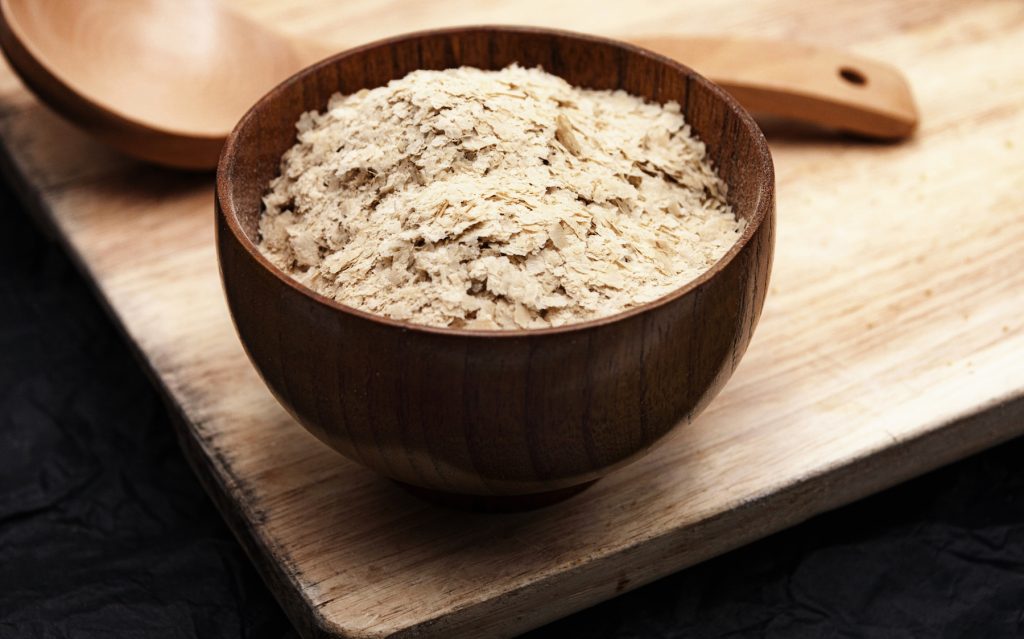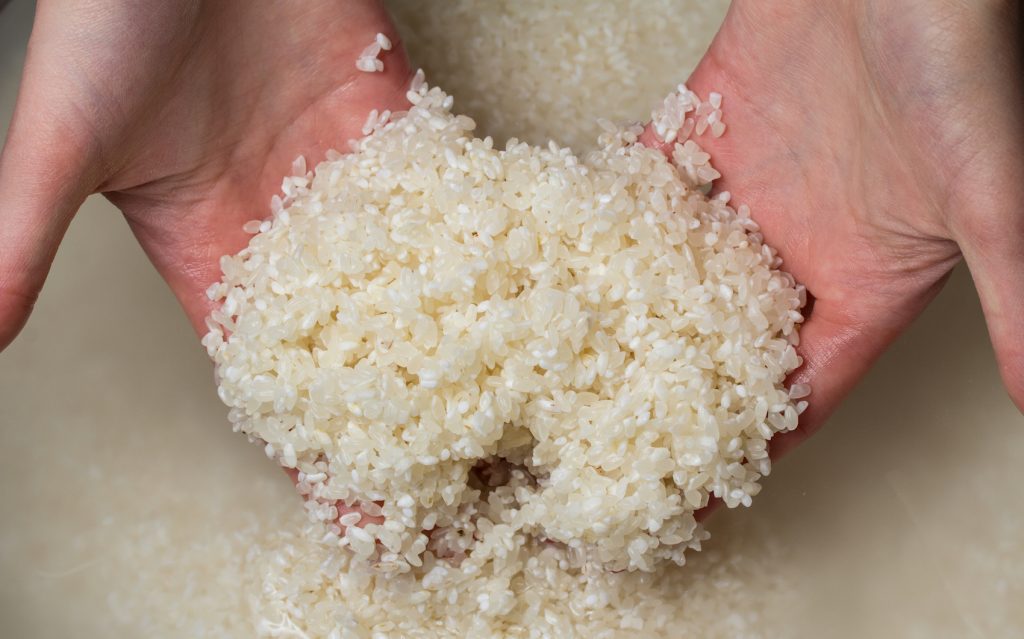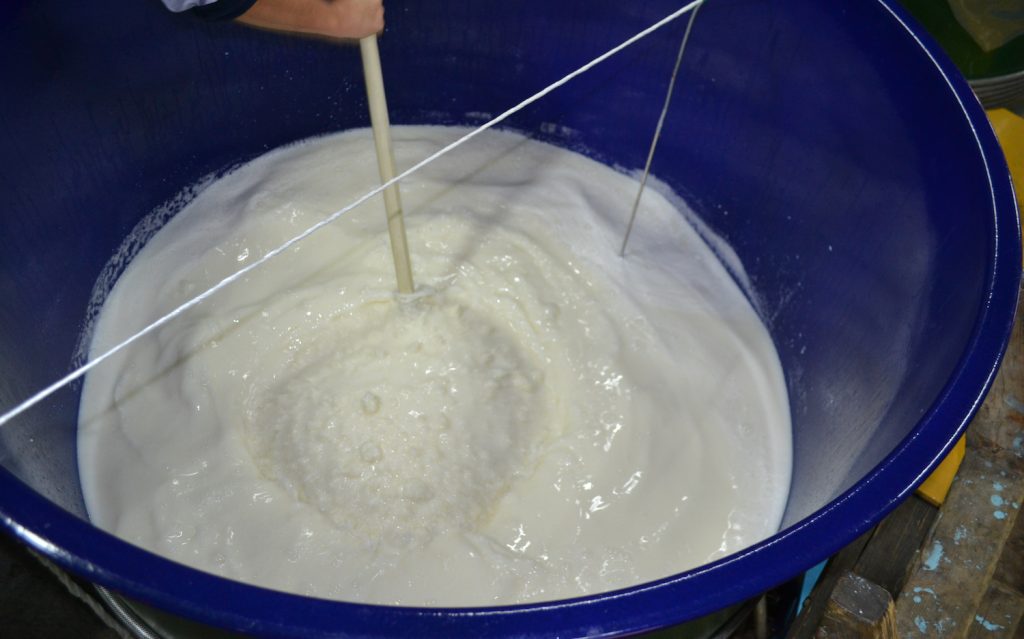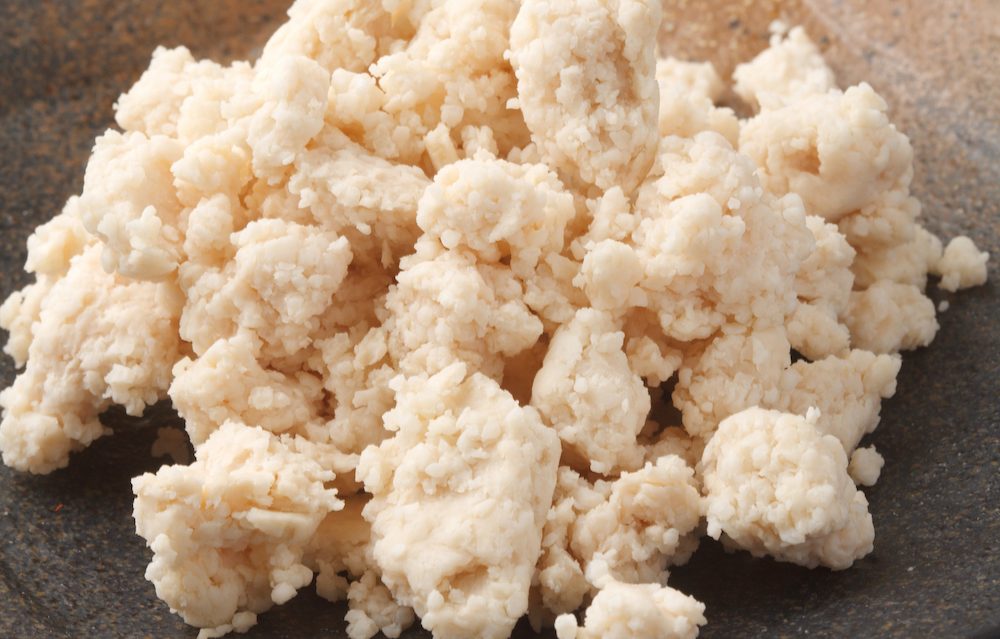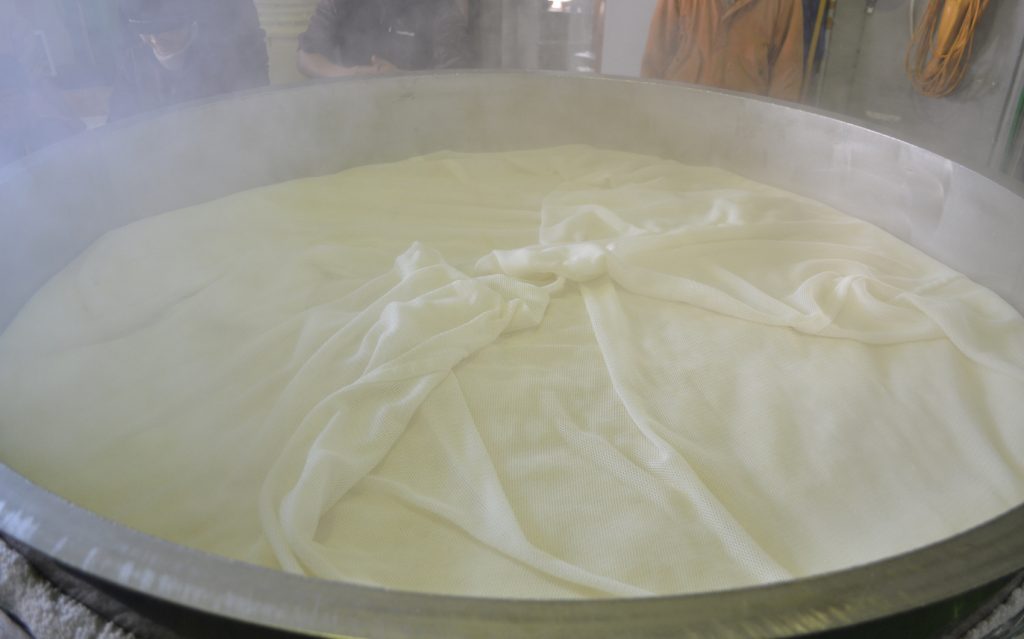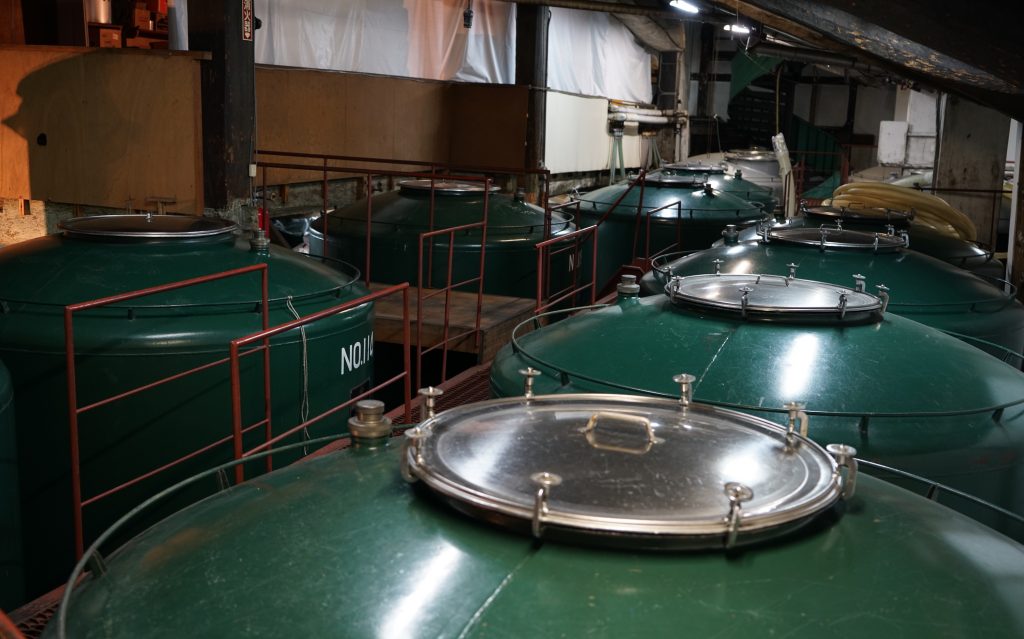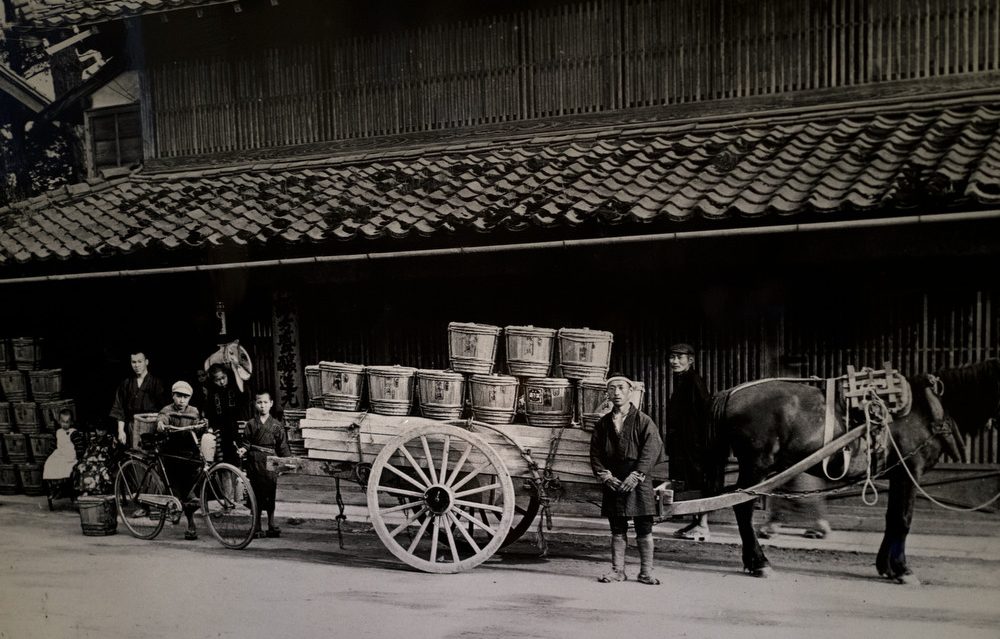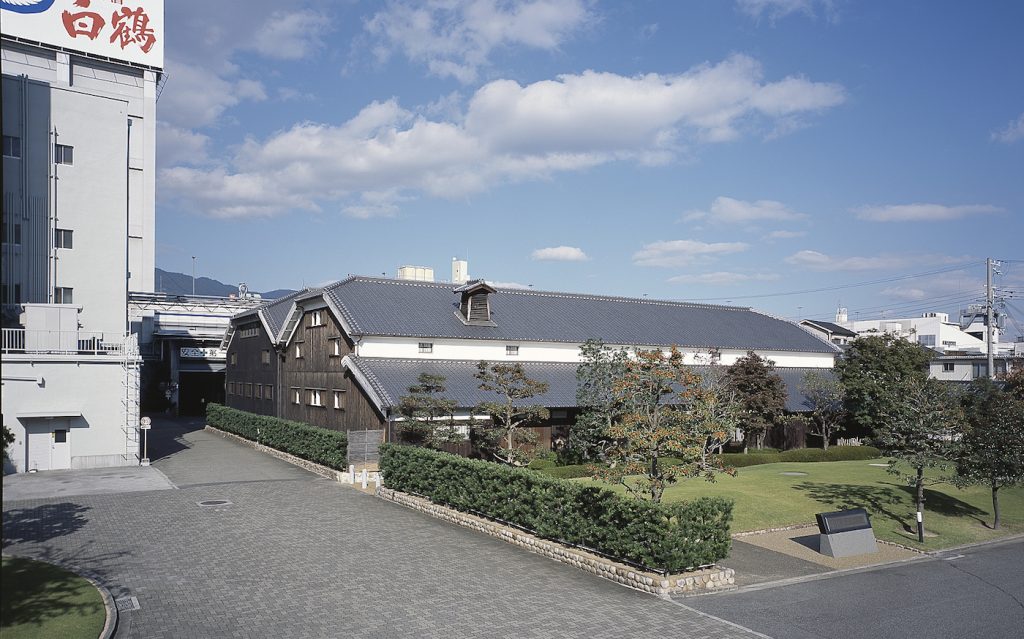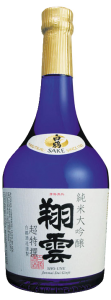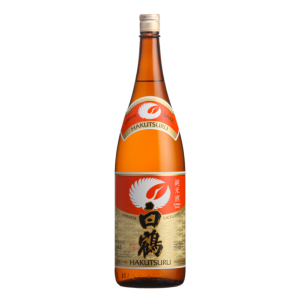Hakutsuru
Hakutsuru is one of the oldest sake producers in Japan from the Nada district of Kobe, a leading sake production area known throughout Japan. Hakutsuru has cultivating sake since the inauguration of the company in 1743 and are famous for preserving tradition while embracing advancements to achieve the highest level of purity in sake production.
Since I’ve learned just how important water is for sake production, it is not a surprise to me that Hakutsuru have their own excellent water sources including pristine spring water from Mt. Rokko, and the famous Miyamizu located in Nishinomiya. This, in addition to advanced brewing technologies, allows Hakutsuru to make a wide variety of excellent sake, from Futsu to delicate and exclusive Junmai Daiginjo.
Hakutsuru earned its place on the world stage by being exhibited at the 1900 Paris World Fair. Since the 1900’s, Hakutsuru has continually grown from a single brewing facility to three, with one solely dedicated to hand crafted Daiginjo and exclusive limited releases. Hakutsuru is currently the world’s largest sake producer.
Sake geeks listen up:
Hakutsuru is constantly improving their knowledge and quality. Hakutsuru has deeply invested in the research of its water sources, building its own research facility for proprietary yeast, to developing its own unique sake-specific rice: Hakutsuru Nishiki
Hakutsuru’s master brewers are key to the final character
Skills of “Tamba-Toji” (master Sake brewer) have been the backbone of Hakutsuru’s traditional Sake-making for more than 260 years. “Tamba-Toji” are “Sake-making artisans” who come from Tamba region to Nada region and stay for wintertime Sake-making season. These master sake brewers have inherited ancient expertise and know-how of traditional Sake-making from their ancestors. While inheriting these traditional techniques, Hakutsuru scientifically advances the “Sake-making” and searches for new ways to advance Japanese Sake.

